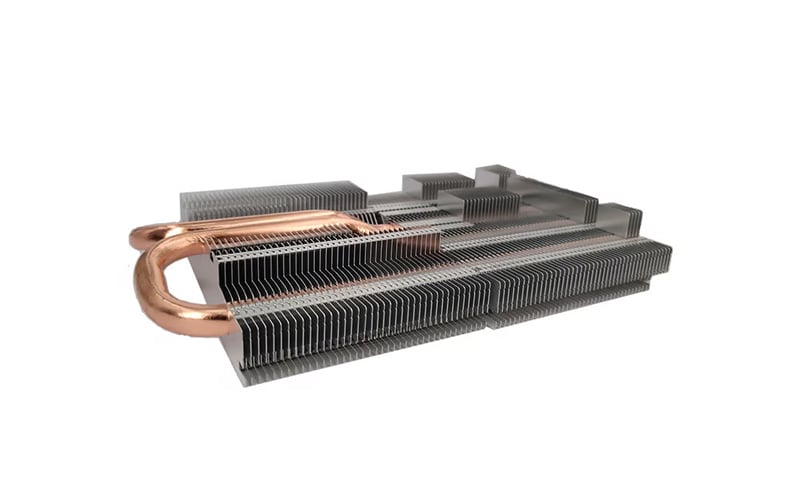For enterprises and data centers looking to improve their energy efficiency, optimizing liquid cooling systems like the GB300 can be a game-changer. By enhancing the performance of these systems, businesses can reduce their energy consumption and operating costs while also increasing their overall sustainability.
One key aspect of GB300 Liquid Cooling Energy Efficiency Optimization is the use of advanced control algorithms. These algorithms help regulate the system's operation, ensuring that it runs at the most efficient level possible. By constantly adjusting parameters such as flow rate and temperature, the GB300 can adapt to changing conditions and maintain optimal efficiency.
Another important factor in maximizing energy efficiency is the design of the liquid cooling system itself. The GB300 features a highly efficient heat exchanger that minimizes energy losses during the cooling process. By reducing waste heat and maximizing thermal transfer, the system can operate more efficiently and effectively.
Proper maintenance and monitoring are essential components of energy efficiency optimization for liquid cooling systems. Regular inspections, cleaning, and tuning can help ensure that the GB300 is operating at peak performance. Additionally, real-time monitoring of key metrics such as temperature and pressure can alert operators to potential issues before they escalate.
One of the benefits of optimizing energy efficiency in liquid cooling systems like the GB300 is the potential for significant cost savings. By reducing energy consumption and improving overall performance, businesses can lower their utility bills and operating expenses. This can result in a tangible return on investment for organizations that make energy efficiency a priority.
Green initiatives and environmental stewardship are becoming increasingly important considerations for businesses of all sizes. By optimizing the energy efficiency of their liquid cooling systems, companies can reduce their carbon footprint and contribute to a more sustainable future. The GB300's energy efficiency optimization capabilities make it a valuable tool for organizations looking to enhance their environmental performance.
Efficiency optimization in liquid cooling systems like the GB300 can also lead to improved reliability and uptime. By ensuring that the system is running at peak performance, businesses can minimize the risk of downtime and equipment failures. This can result in increased productivity and operational continuity for organizations that rely on critical IT infrastructure.
Scalability is another important consideration when it comes to energy efficiency optimization. The GB300 liquid cooling system can be tailored to meet the specific needs of different data center environments, allowing businesses to optimize their energy efficiency at any scale. Whether a company is looking to upgrade an existing system or implement a new solution, the GB300 offers flexibility and efficiency.
Energy efficiency optimization is not just a short-term benefit but also a long-term investment in the future. By reducing energy consumption and operating costs, businesses can improve their bottom line and enhance their competitive position in the market. The GB300's advanced energy efficiency features make it a strategic choice for organizations looking to achieve sustainable growth and success.
In conclusion, GB300 liquid cooling energy efficiency optimization offers a range of benefits for businesses seeking to enhance their sustainability, reduce costs, and improve performance. By leveraging advanced control algorithms, efficient design, maintenance practices, and scalability, organizations can maximize the potential of their liquid cooling systems. With a focus on energy efficiency, businesses can achieve significant savings and environmental impact, making the GB300 a valuable asset in today's data-driven world.

